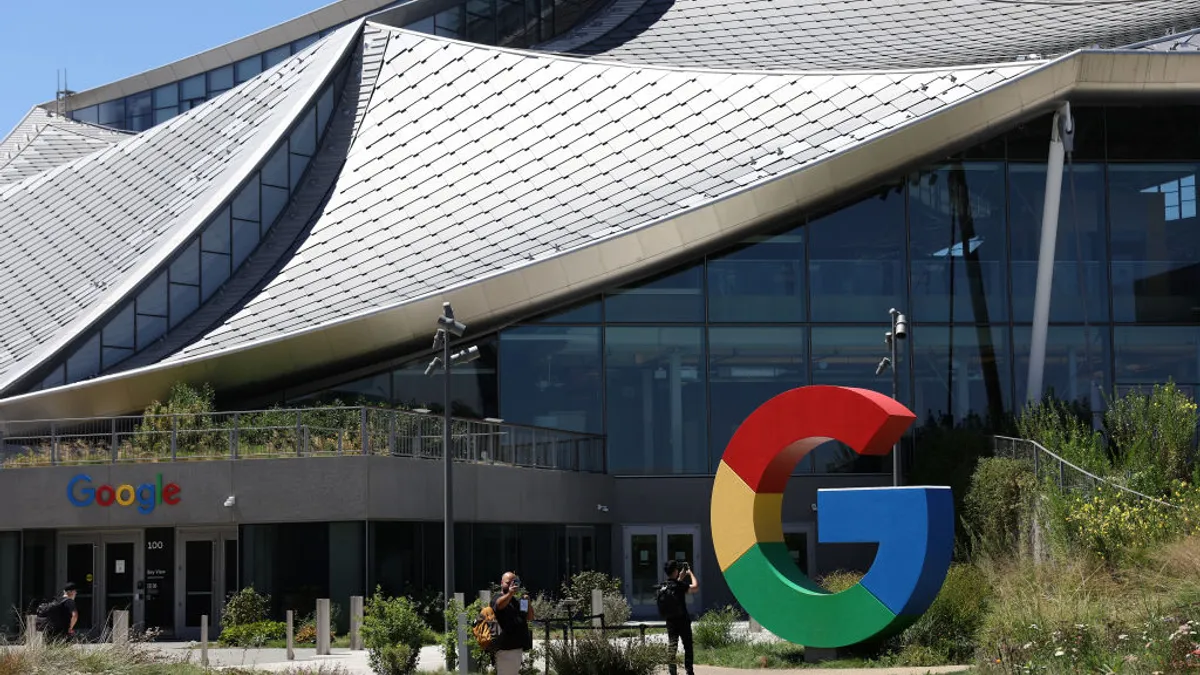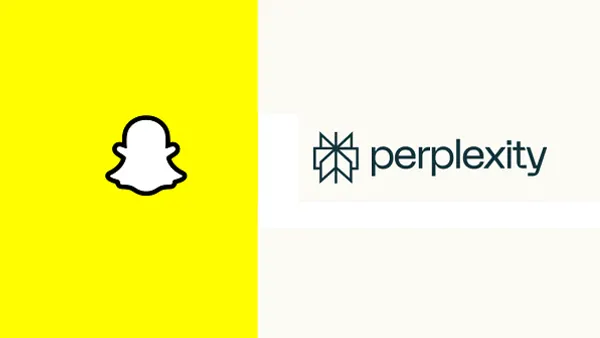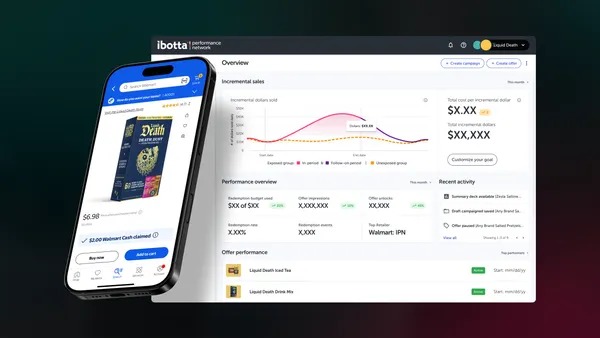Programmatic advertising was invented to solve a simple problem: connect advertisers with publishers in the most efficient buying process possible. But over time, the process has become exponentially more complex, with advertisers forced to develop new skills in technology and data analysis in what can be an overwhelming process of identifying, buying, and measuring media and publishing options.
...Or has it?
This story of expansion and complexity has often been the one that performance marketers have heard. But the reality of the situation is far different – and far less perplexing – than advertisers might think. Programmatic advertising – the algorithmic purchase and sale of advertising space in real time that accounts for more than two-thirds of US digital display ad spending – turns out to be a straightforward tool that performance marketers can deploy to meet KPIs and obtain the transparency, control, quality, and insights they require.
Programmatic payoffs
Programmatic began as an efficient way to replace manual spending with an automated algorithm for liquidating remnant inventory. But that’s no longer the case – as the platform matured and became more popular among advertisers, it stopped being a repository for remnant traffic.
“Our major hesitation with any new marketing source is performance and the impact on our existing channels,” says Mark Beck, user acquisition expert at social casino gaming company Murka. “Programmatic is an increasingly significant portion of our marketing spend because we’re happy with its performance. Having transparency and control over the results also drives additional insight about our target market and their behavior outside our app.”
“Programmatic marketing allows performance marketers to gain insights into their audiences,” says Product Growth Manager Tarika Soni of MoPub, which is owned by Twitter and operates a programmatic exchange for mobile app inventory. “As a mediation platform, we can control the whole waterfall of impressions, offering supply and quality of users to give you the most value for your buyers at scale.”
More importantly, mature programmatic marketplaces can empower you to target the inventory and partners you want at a higher level than other methods because of the levels of transparency, control, quality, and insights they deliver:
1. Increased transparency
In 2017, Procter & Gamble’s chief brand officer initiated a call to arms regarding viewability, fraud, and measurement in the media buying supply chain. This valuable conversation encouraged many programmatic bodies to embark on their own transparency initiatives and partner with third-party verification providers.
“Today, programmatic goes hand in hand with transparency because it takes place in real time, like how a financial auction works,” says Soni. “But there’s no certified body policing the in-app ad space, so it’s really important to work with a programmatic partner that maintains and enforces clear, stringent standards and aggressively checks where the ads are placed compared to where they should be and how they look.”
2. Enhanced control
Despite the fact that the in-app space is not cookie-based, programmatic marketing can offer an extraordinary level of control to performance marketers. Established programmatic marketplaces work with third-party verification tools to help give a fuller view of who is buying what domains using information based on geography and operating system. They can also offer a granularity of reporting from click to first install and app open, to any level a customer reaches or purchase amount, all the way down into a user's lifecycle to retarget existing churn users– and it’s all displayed on an easy-to-use interface.
“Programmatic offers incredible levels of control on both the buying and supply side,” says Soni. “If you already know the audience that works for you, you can literally upload device IDs and do a lookalike modeling exercise to reach a similar audience. You can also blacklist and whitelist competitors, a tactic many non-programmatic channels don’t have the infrastructure to support. You can even run campaigns yourself for 100% flexibility and control through self-serve platforms.”
3. High quality
The quality and impact of an impression comes down to two characteristics: the reach of the ad and the integrity of the ad. Programmatic advertising is able to deliver on both aspects of quality, because a high-quality programmatic partner can help you target specific users and use third-party services to verify the placement and reach of the ad at extraordinary scale. Tapping into one exchange, such as MoPub Marketplace, could connect you with as many as 50,000+ apps worldwide on over 1.5 billion unique devices.
In fact, one company tapped into the quality of programmatic advertising to drive 400%+ increase in app installs and over 3,000 purchase events in two months by reaching consumers with video ads.
That kind of performance is typically thought to come with a hefty price tag, but it’s not set in stone with programmatic: “The notion that programmatic is more expensive is not always true, because the scale and quality of users averages out that cost,” says Soni. “Advertisers should look beyond the install and look at LTV (Life Time Value) of users, because at the end of the day your profit comes from in-app purchases your users make or monetizing them via ad impressions.”
Looking to add new tools to your marketing toolkit? Whether you’re looking to meet KPIs from user acquisition or to retarget, programmatic marketing might be just what you need for transparent marketing at scale that hits your goals.









